emDOCs Podcast – Episode 94: GLP-1 Agonist Complications
EMDocs
FEBRUARY 7, 2024
Multiple well-designed, multicenter, multinational studies suggest GLP-1 agonists are associated with improved glucose control in diabetes type 2 and approximately a 15% reduction in weight over 1-2 years (around 2/3s of patients regain weight if treatment is stopped). 2014 Fall-Winter;11(3-4):202-30. Obesity affects over 40% of U.S.


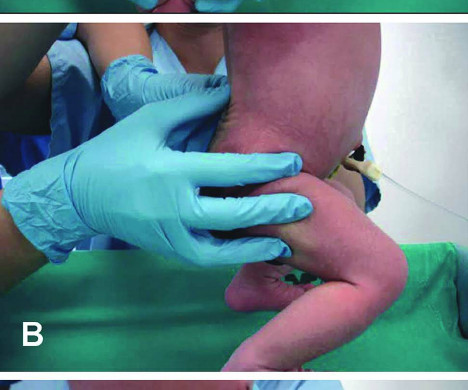







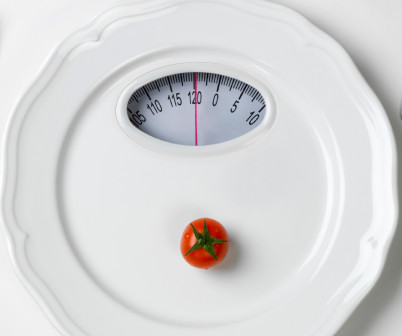
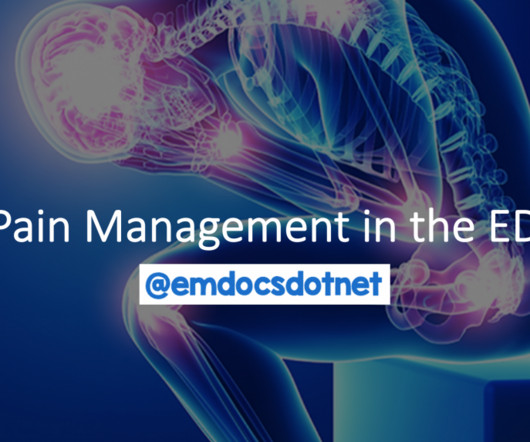



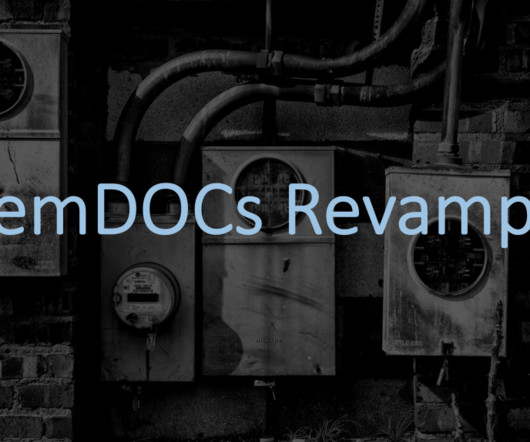
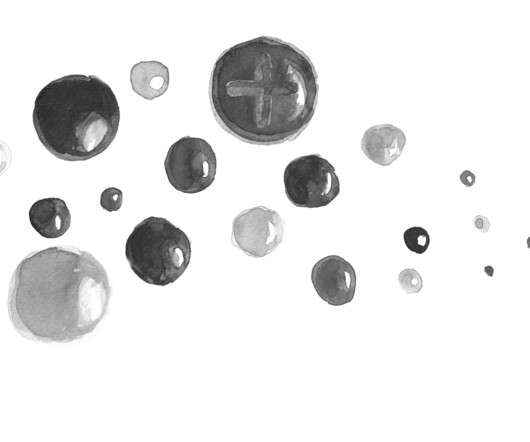
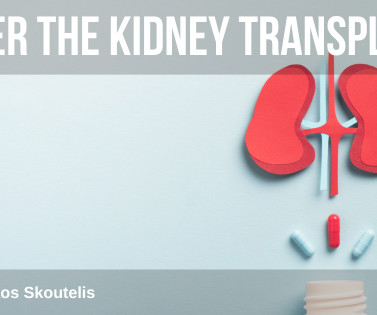








Let's personalize your content